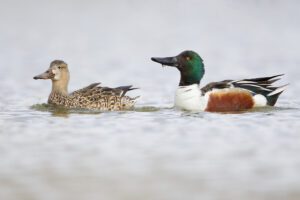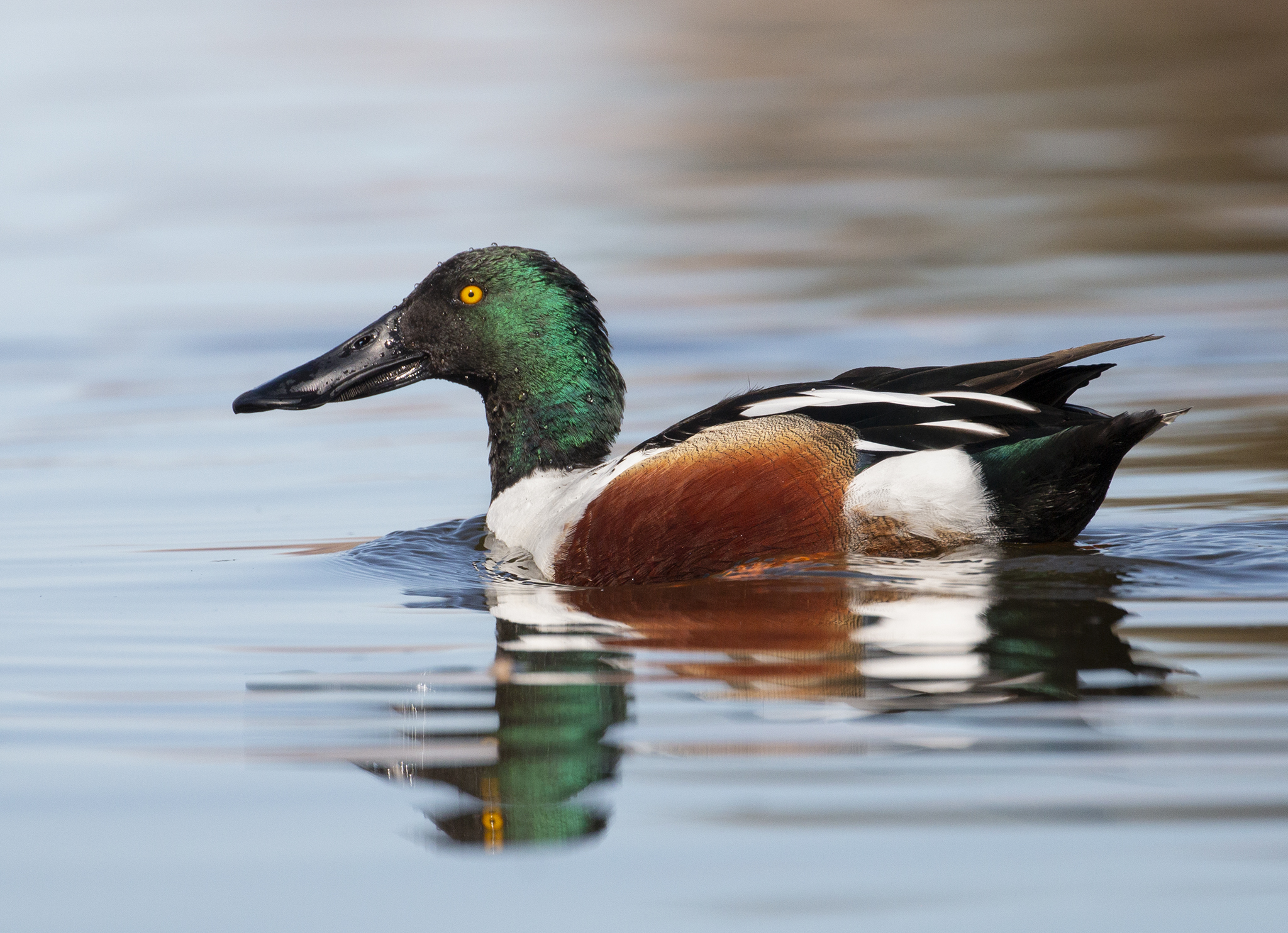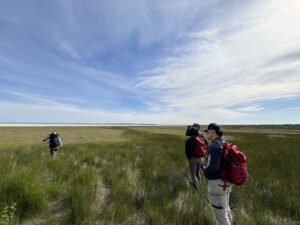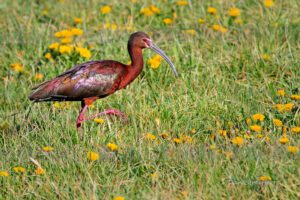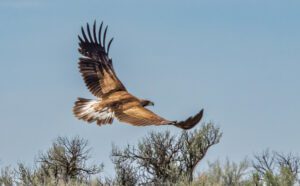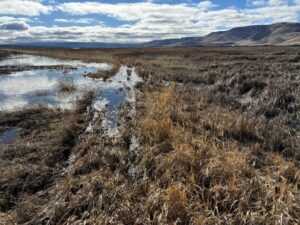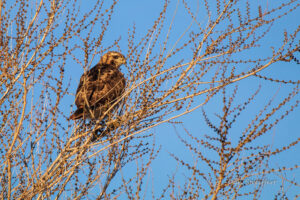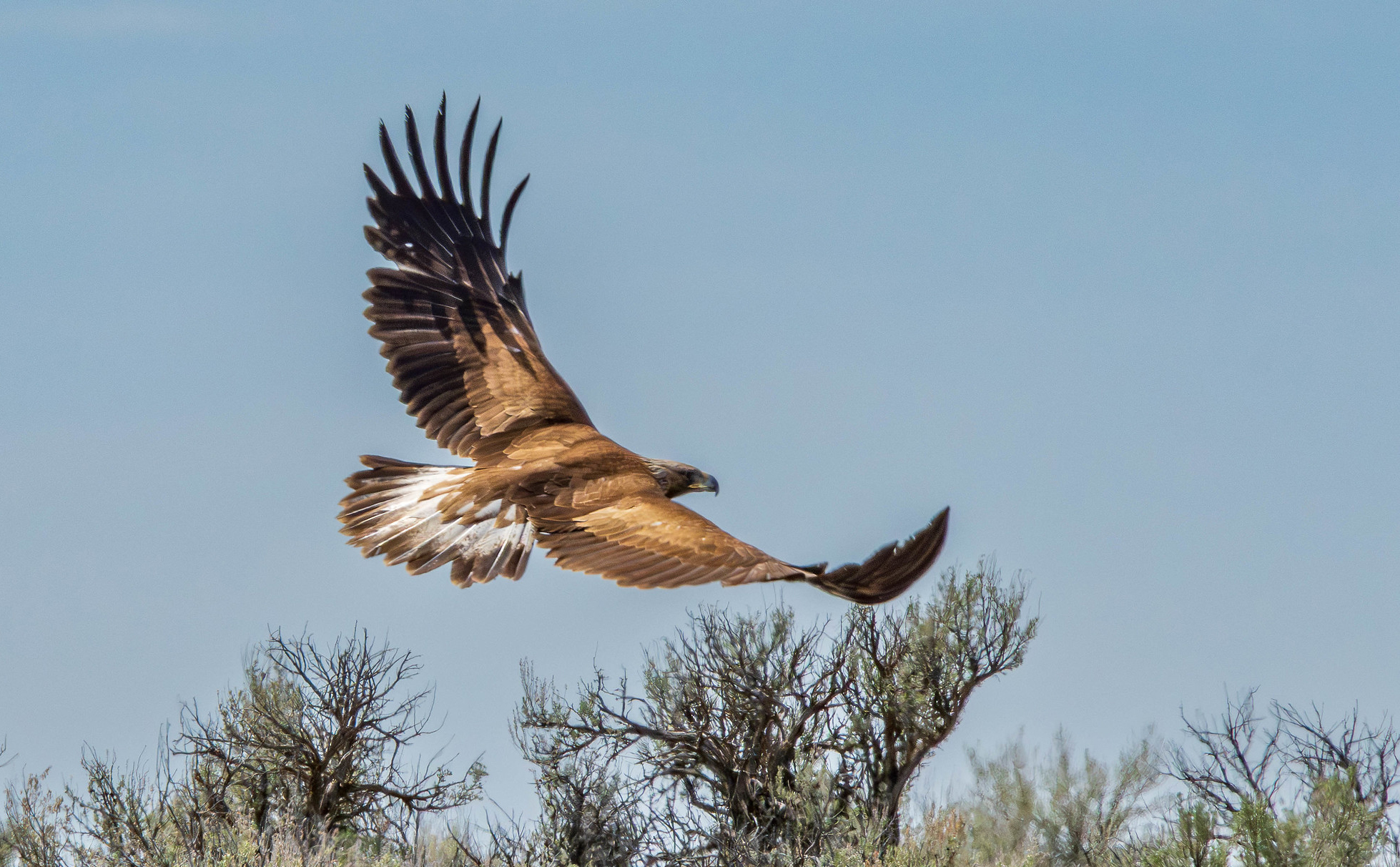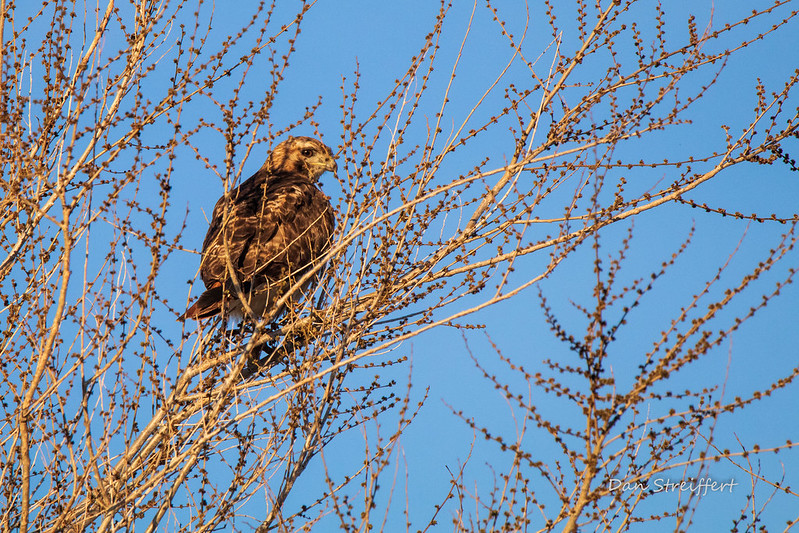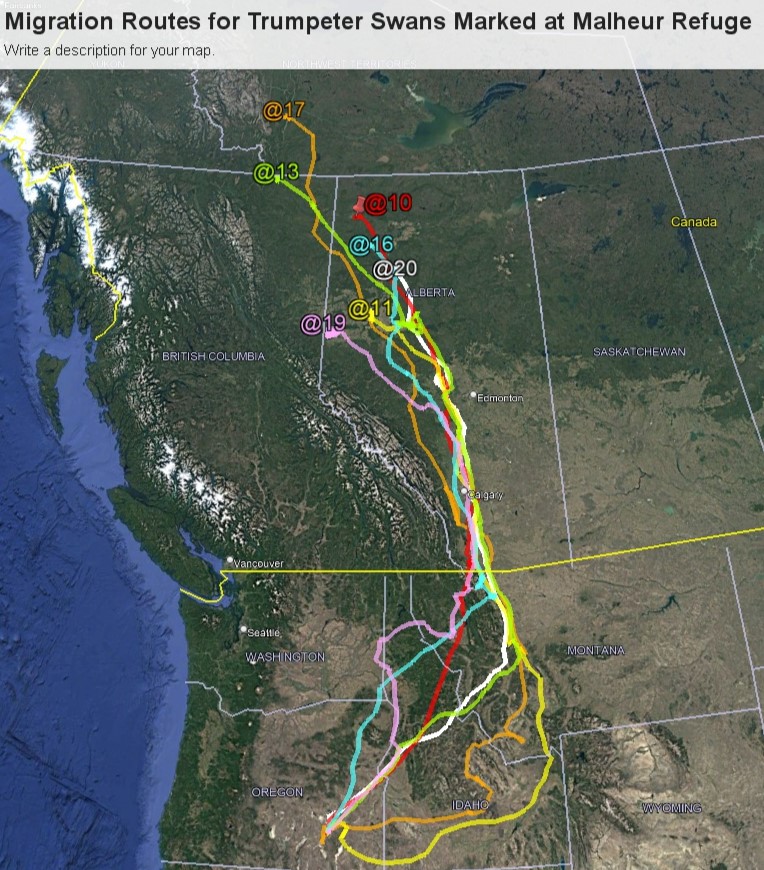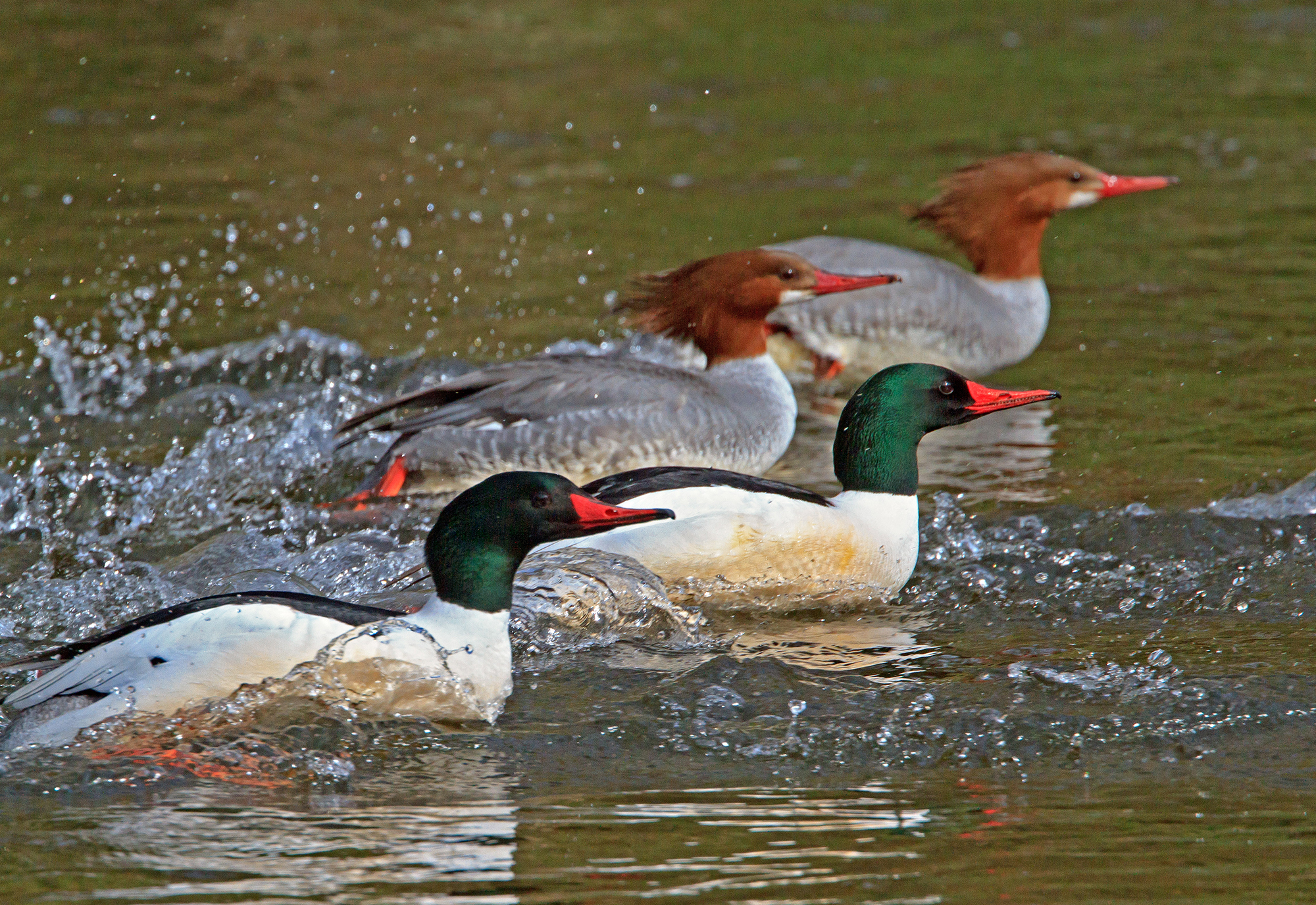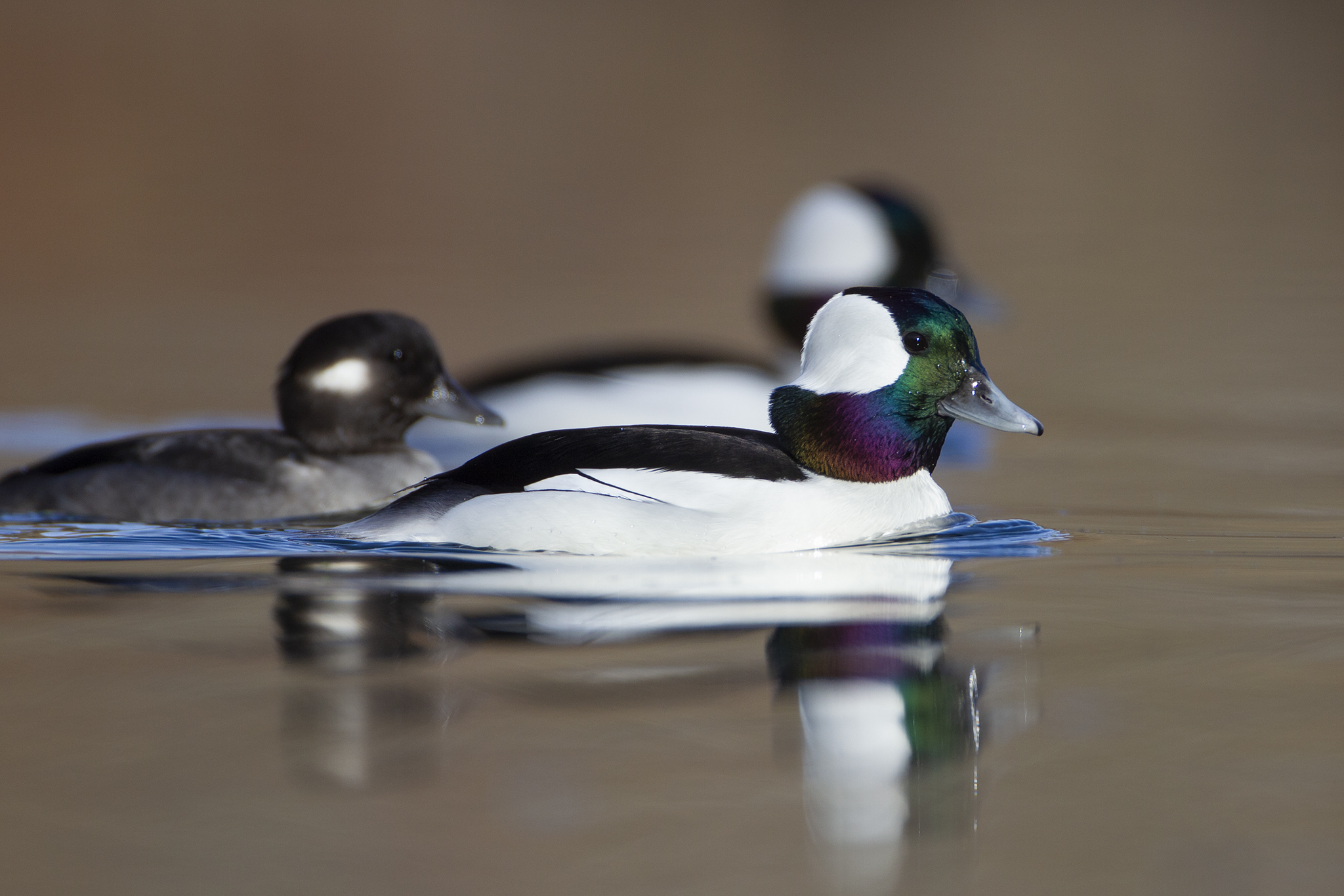Written by Peter Pearsall/Photos by Peter Pearsall
The Northern Shoveler (Anas clypeata) is a distinctive and fascinating species of dabbling duck known for its unique spoon-shaped bill, vibrant plumage, and specialized feeding habits. These medium-sized ducks are found across the Northern Hemisphere, inhabiting wetlands, marshes, and shallow lakes.
The most distinctive feature, a large, spatula-shaped bill designed for sifting through water for food. Males are easily recognizable by their iridescent green head, white chest, rusty flanks, and blue wing patches. Their bright yellow eyes add to their striking appearance. Females are more subdued in coloration, with mottled brown bodies, orange bills, and blue wing patches similar to males.
Northern Shovelers are widespread, with breeding grounds stretching across North America, Europe, and Asia. They prefer shallow wetlands, marshes, and ponds with plenty of emergent vegetation. During the winter, they migrate to southern regions, including the southern United States, Central and South America, Africa, and southern Asia.
They primarily feed on aquatic invertebrates, plankton, seeds, and plants. The Northern Shoveler’s specialized bill allows it to filter food from the water. They swim with their bills submerged, moving their heads side to side to strain out food particles. This unique foraging method sets them apart from other dabbling ducks.
Northern Shovelers breed in the spring and early summer. Females build nests on the ground, often concealed in dense vegetation near water. The nest is a shallow depression lined with grass and down feathers. A typical clutch consists of 8-12 pale greenish or bluish eggs. The female incubates the eggs for about 24-26 days.
After hatching, the precocial ducklings are led to water by the mother and can feed themselves almost immediately. They fledge at around 40-45 days old.
Northern Shovelers are generally social and often seen in small flocks. During migration and winter, they may form larger groups with other duck species. They are strong fliers with rapid wingbeats and often fly low over the water.
The Northern Shoveler is classified as a species of Least Concern by the International Union for Conservation of Nature (IUCN). Despite facing threats such as habitat loss and degradation, their population remains stable due to their wide distribution and adaptability.
